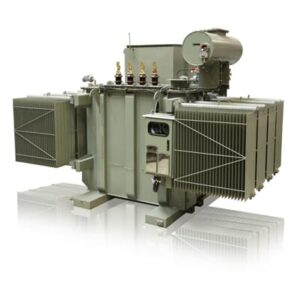
Electrical transformers are essential components in virtually every electrical system, playing a crucial role in converting alternating current (AC) voltage levels. They are passive devices, meaning they don't require an external power source to operate, and efficiently step up or step down voltage without significant power loss. This makes them vital for applications ranging from small electronics to large-scale power grids.
We offer a wide range of transformers to meet diverse needs, including:
When selecting the right transformer, consider these key parameters:
Electrical transformers find applications in a vast array of sectors: